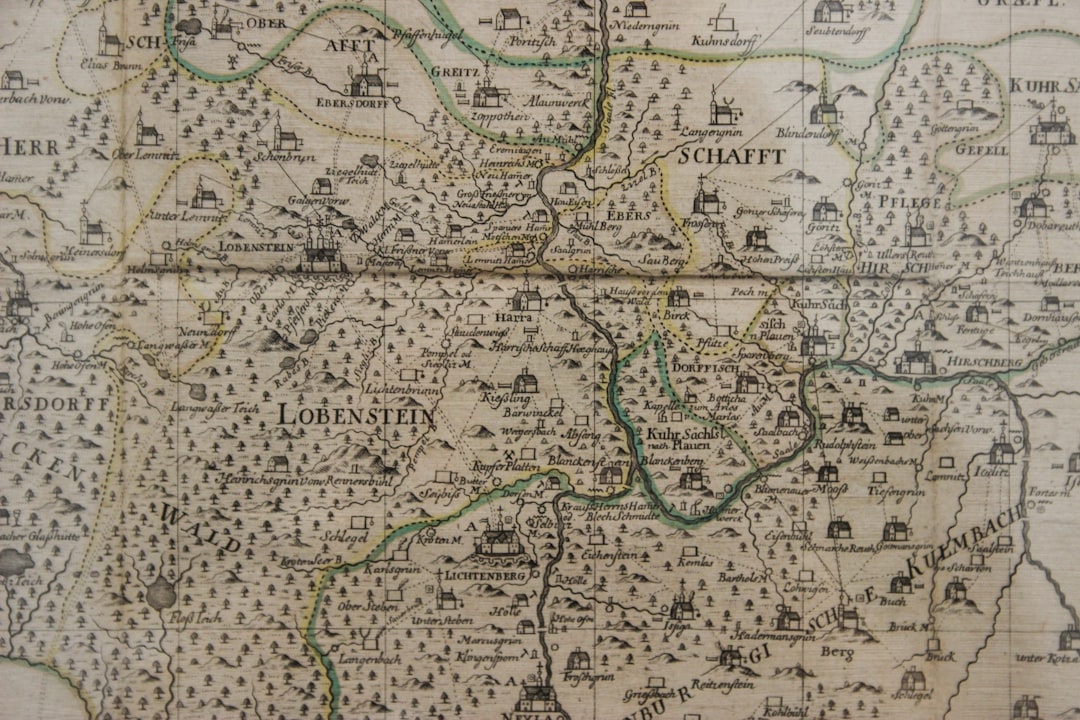What is it about?
The Amdeh Formation is a 3.4 km stack of sparsely fossiliferous quartzites and shales which crops out in the Al Hajar mountains near Muscat. Here we describe the uppermost member (Am5) that can be dated biostratigraphically as Darriwilian and which is the outcrop equivalent, and probably the seaward continuation, of the Saih Nihayda Formation in the Ghaba Salt Basin of northern Oman. The outcrops at Wadi Daiqa and Hayl al Quwasim consist of 690 m of quartzitic sandstones, shales and bivalve-rich shell beds. Trace fossils referable to the Cruziana and Skolithos ichnofacies abound. The member comprises storm-dominated shelf, shoreface and delta deposits. The Am5 deposits are thick compared to most equivalents in Arabia implying active subsidence and a ready supply of sediment. A number of new discoveries have been made in the outcrops: fragments of the arandaspid fish Sacabambaspis, ossicles and moulds of the early disparid crinoid Iocrinus, two new genera and species of conodont (Aldridgeagnathus manniki and Omanagnathus daiqaensis), an occurrence of the rare trinucleid trilobite Yinpanolithus, and palynological and sedimentological evidence of more continuous Floian–Darriwilian deposition than is usual in the region.
Featured Image
Read the Original
This page is a summary of: Darriwilian shallow-marine deposits from the Sultanate of Oman, a poorly known portion of the Arabian margin of Gondwana, Geological Magazine, September 2016, Cambridge University Press,
DOI: 10.1017/s0016756816000819.
You can read the full text:
Contributors
The following have contributed to this page










